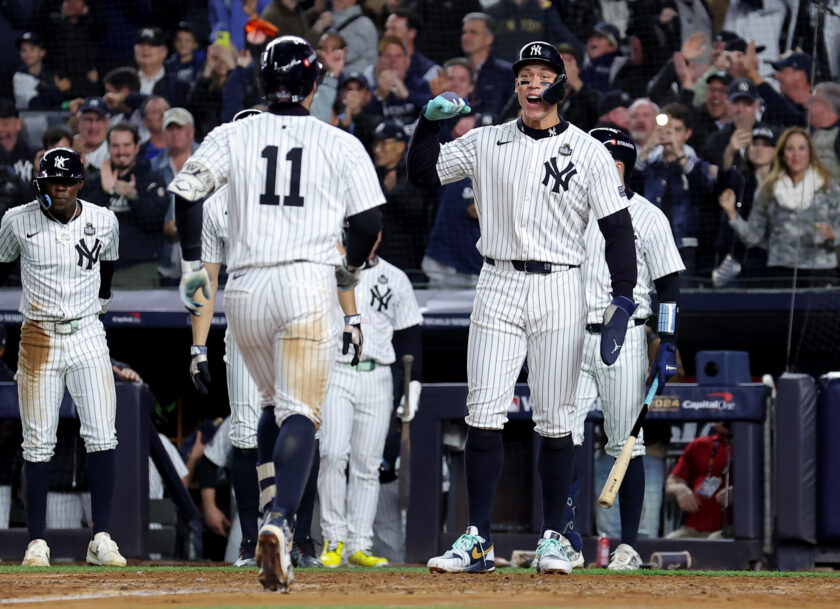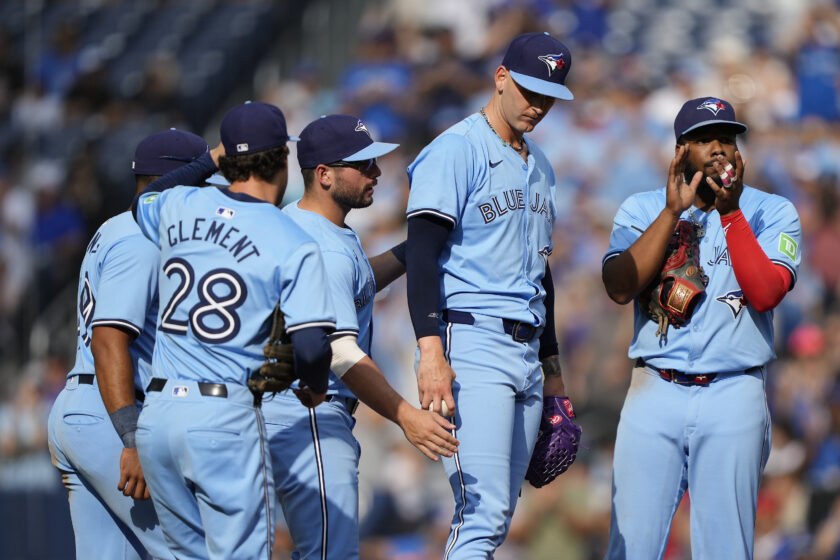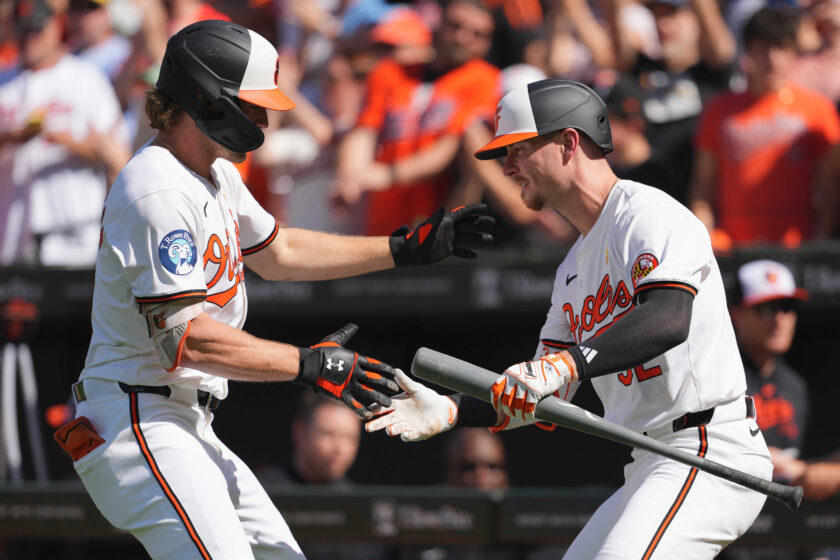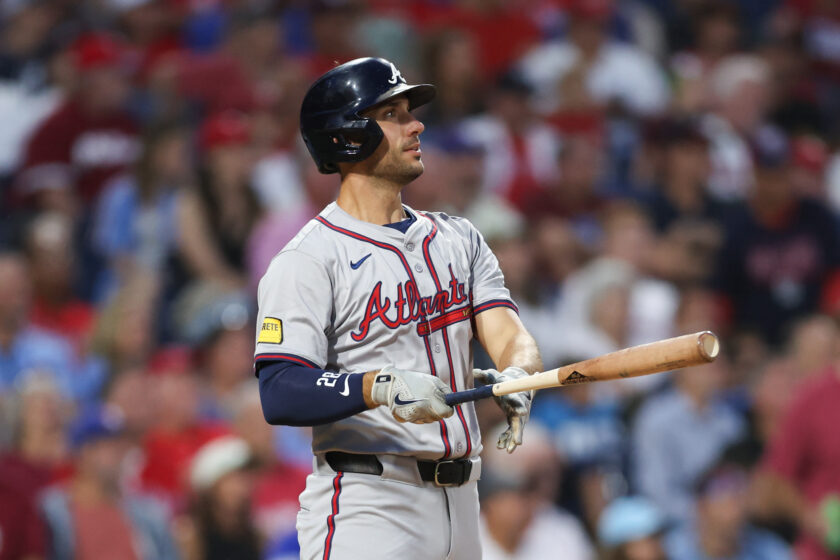NBA Draft 2016: Victor Oladipo Is The Prize In The Serge Ibaka Trade
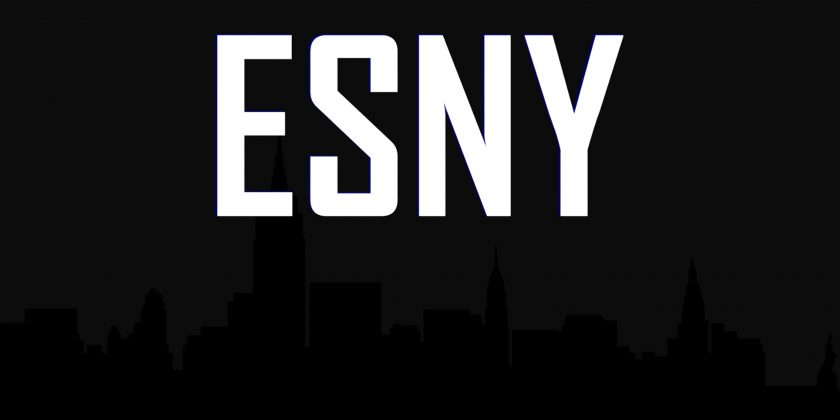
The big name in the blockbuster trade between the OKC Thunder and the Orlando Magic was Serge Ibaka, but Victor Oladipo is the real prize.
[sc name=”Chip Murphy” ]The stage had been set for the Boston Celtics to steal the show during the 2016 NBA Draft for years, but when the time came it was the Oklahoma City Thunder who were firmly in the spotlight. Instead of the Celtics acquiring Kevin Love, DeMarcus Cousins, or Jimmy Butler, it was the Thunder who boldly moved Serge Ibaka to the Orlando Magic.Adrian Wojnarowski of The Vertical first reported the trade that sent Victor Oladipo, Ersan Ilyasova, and the draft rights to Domantas Sabonis to Oklahoma City.
At first glance the trade seems crazy. Why would the Thunder break up a core that came within one game of the NBA Finals? Why would they trade Ibaka, 26, a key piece during their 2011-12 finals run?
The answer is that Ibaka dramatically regressed for the second straight season. He averaged his lowest blocks and rebounds totals since his rookie season, and his lowest point total since 2011-12. Ibaka’s field goal percentage was below 50% for his second straight season, after hovering comfortably above for his first five.
https://youtu.be/_4PLLiEJpFU
With Ibaka’s performance trending down, the Thunder decided to move on. Oladipo gives them a scoring guard next to Russell Westbrook for the first time since James Harden was traded, Ilyasova adds three-point shooting, and Sabonis another scorer in the post.
[sc name=”NBA Center” ]OKC didn’t win this trade. They dominated it. The Thunder dumped a player on the decline for one on the rise.
Victor Oladipo has been a good defender since he entered the league in 2013-14. He’s led the Magic in steals for all three seasons he’s been in the league. Defense has never been his problem.

His biggest challenge has always been shooting the basketball. Oladipo’s third season was his best one yet. He isn’t Kyle Korver, and never will be, but he’s inching closer to his perceived All-Star potential.
He made just 38.1% of his mid-range attempts in his rookie season and regressed to 36.3% during his sophomore campaign. He converted on 43.2% in 2015-16, improving dramatically (via NBA.com).
He only attempted 142 threes (33.8% for his career) in three college seasons at Indiana, so he wasn’t projected as a sharpshooter when he was drafted, but he’s improved each season that he’s been in the league.

In 2015-16, Oladipo was 35% on catch and shoot attempts from downtown and 39.8% on corner threes. Per Basketball-Reference.com, he was 43.5% on two-point attempts greater than 16 feet.

Oladipo averaged 16.0 points, 4.8 rebounds, 3.9 assists, and 1.6 steals on a slash line of .438/.348/.830.
On a per-36 minute basis, his numbers jumped to 17.4 points, 5.2 rebounds, 4.3 assists, and 1.8 steals.
Playing with Westbrook and (possibly) Kevin Durant his scoring numbers might dip, but he’ll get more open looks than he’s ever had in his entire career.
[sc name=”NBA Center” ]I'm ESNY's Executive Editor for EliteSportsNY.com.
I cover the New York Knicks and Brooklyn Nets.
Email: chip.murphy@elitesportsny.com
Chip Murphy covers the NBA for Elite Sports NY. You can find him on Twitter @ChipperMurphy.

